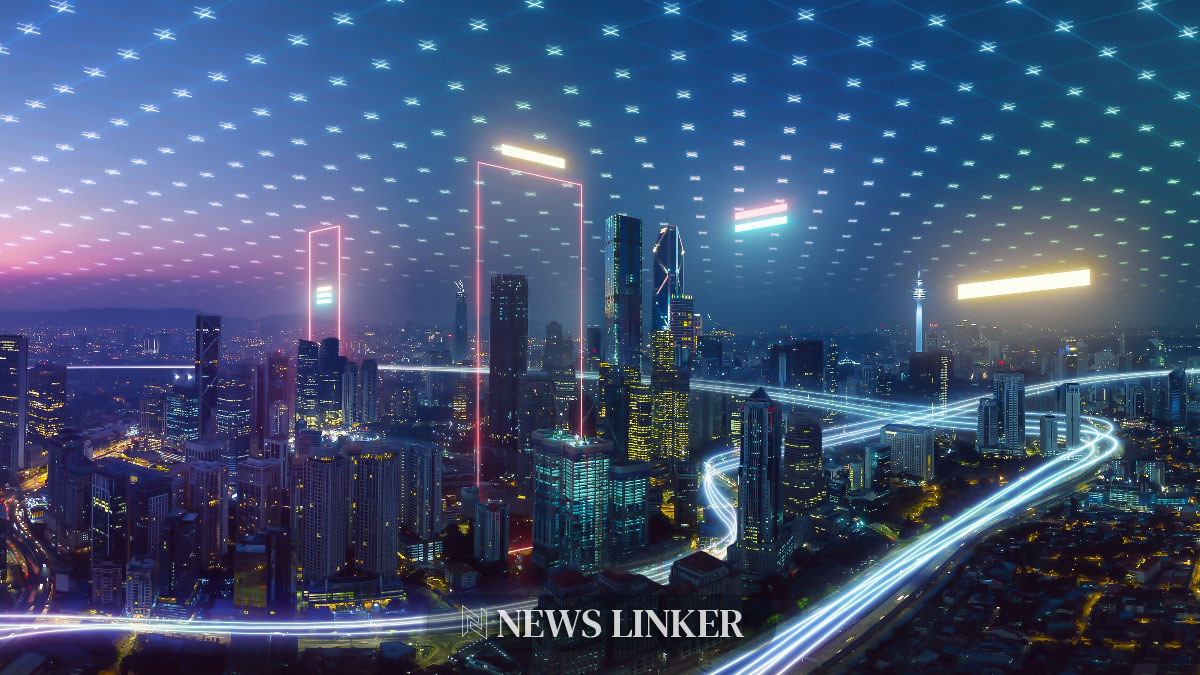A significant collaboration between the United States and Japan has been announced, marking a strategic commitment to advanced technology development and reinforcing the alliance through cutting-edge AI, quantum computing, and semiconductor initiatives. The announcement came from the White House during Japanese Prime Minister Kishida Fumio’s official visit. The partnership underlines the evolving relationship between the two nations, now anchored firmly in technological innovation.
Prior collaborations between the US and Japan have traditionally revolved around security and trade, with a burgeoning focus on technological advancements in recent years. The evolution of their alliance reflects a global trend towards investing in research and development to secure leadership in the competitive technology sector. A history of joint efforts in defense, economic, and cultural exchanges has paved the way for this modern initiative, aiming to foster a symbiotic relationship within the realm of AI, quantum computing, and semiconductor technologies.
AI Integration and Safety
At the forefront of the initiatives is a $110 million collaboration for AI research among top universities, supported by leading tech corporations. This endeavor seeks to solidify US-Japan dominance in AI innovation. Both nations have also pledged to establish AI Safety Institutes and aim to set interoperable standards, assessments, and risk management frameworks for AI technologies. They aspire to maintain transparency and integrity in AI-generated content through official channels, addressing the challenges of synthetic media.
Quantum Collaboration and Semiconductor Advancements
Quantum technology initiatives are also a significant component of the collaboration, with NIST and AIST joining forces to create a stable quantum supply chain. Educational and commercial partnerships are to advance quantum computing and workforce training. In the semiconductor sphere, potential cooperative ventures between Japan’s LSTC and US technology centers aim to develop a joint workforce through workshops. These agreements include cloud computing, telecommunications, and other commercial tech deals, demonstrating the holistic approach to the alliance.
Amplifying insights into the developments, an article by ‘AI News’ titled “Microsoft AI opens London hub to access ‘enormous pool’ of talent” underscores parallel efforts in the AI sector, where tech giants establish hubs to harness global talent. This practice aligns with US-Japan strategies to develop human capital alongside technological prowess. Another relevant source, ‘AI & Big Data Expo’, reveals a series of expos and events that connect industry leaders and innovators. These gatherings facilitate the very technology exchanges and cooperative learning efforts that the US-Japan partnership aims to bolster.
Emphasis on Human Capital
The initiatives place a spotlight on human capital development, with exchanges in STEM education, technology curriculums, and entrepreneur programs. These strategies aim to cultivate a generation capable of navigating the complexities of a digital future. Both nations recognize that fostering human resources is as critical as technological breakthroughs in sustaining competitiveness, economic growth, and national security.
Useful information for the reader
- US-Japan allocate $110 million for joint AI research and development.
- New AI Safety Institutes to set global interoperable safety standards.
- Quantum and semiconductor initiatives to strengthen shared tech competitiveness.
The announcement of a comprehensive US-Japan technology partnership represents more than a series of high-tech agreements; it embodies a shared vision for the future. The initiatives, spanning from AI to quantum computing and semiconductors, are set on securing technological supremacy in a competitive global arena. Beyond the hardware and software innovations, the focus on nurturing talent and facilitating exchanges between professionals across borders is equally strategic. This collaboration is a testament to the countries’ commitment to not only co-developing advanced technologies but also to crafting the skilled workforce that will lead the charge into the next era of digital innovation.










